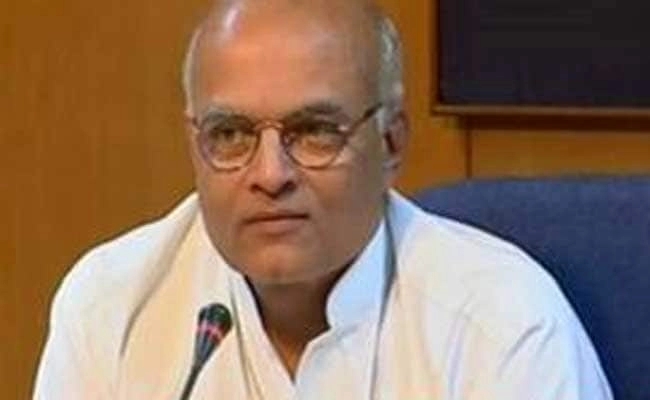The World Bank’s data on India and Pakistan reveals a stark contrast in poverty levels and economic development between the two nations, highlighting the differing trajectories they have taken since their independence in 1947. India, with its diverse economy and rapid growth, has made significant strides in reducing poverty over the last few decades. The country has implemented various reforms aimed at stimulating economic growth, improving infrastructure, and enhancing social services. As a result, the percentage of people living below the poverty line in India has decreased substantially, allowing millions to escape the clutches of extreme poverty.
In contrast, Pakistan has faced numerous challenges that have hindered its progress in poverty alleviation. Factors such as political instability, economic mismanagement, and security concerns have contributed to a slower pace of development. Despite some economic growth, the poverty rate in Pakistan remains alarmingly high, with a significant portion of the population still struggling to meet basic needs. The World Bank data underscores these disparities, revealing that while India has made considerable advancements in reducing poverty, Pakistan continues to grapple with persistent issues that have stalled its economic development.
The differences in poverty levels between the two countries are not merely statistics; they reflect the broader socio-economic conditions that impact the lives of millions. In India, a burgeoning middle class has emerged, driven by urbanization and technological advancements, while in Pakistan, many still rely on subsistence agriculture and informal labor, which limits their opportunities for upward mobility. Furthermore, the varying effectiveness of social welfare programs and governmental initiatives plays a critical role in shaping the poverty landscape in both nations.
Ultimately, the World Bank’s findings serve as a call to action for policymakers in both India and Pakistan. While India can continue to build on its successes, Pakistan must address its systemic issues to create a more conducive environment for economic growth and poverty reduction. Collaborative efforts, regional stability, and investment in human capital are essential for both nations to tackle the pressing challenge of poverty and improve the quality of life for their citizens. The data not only illustrates the contrasts between the two countries but also emphasizes the importance of targeted policies that can effectively address the root causes of poverty.




